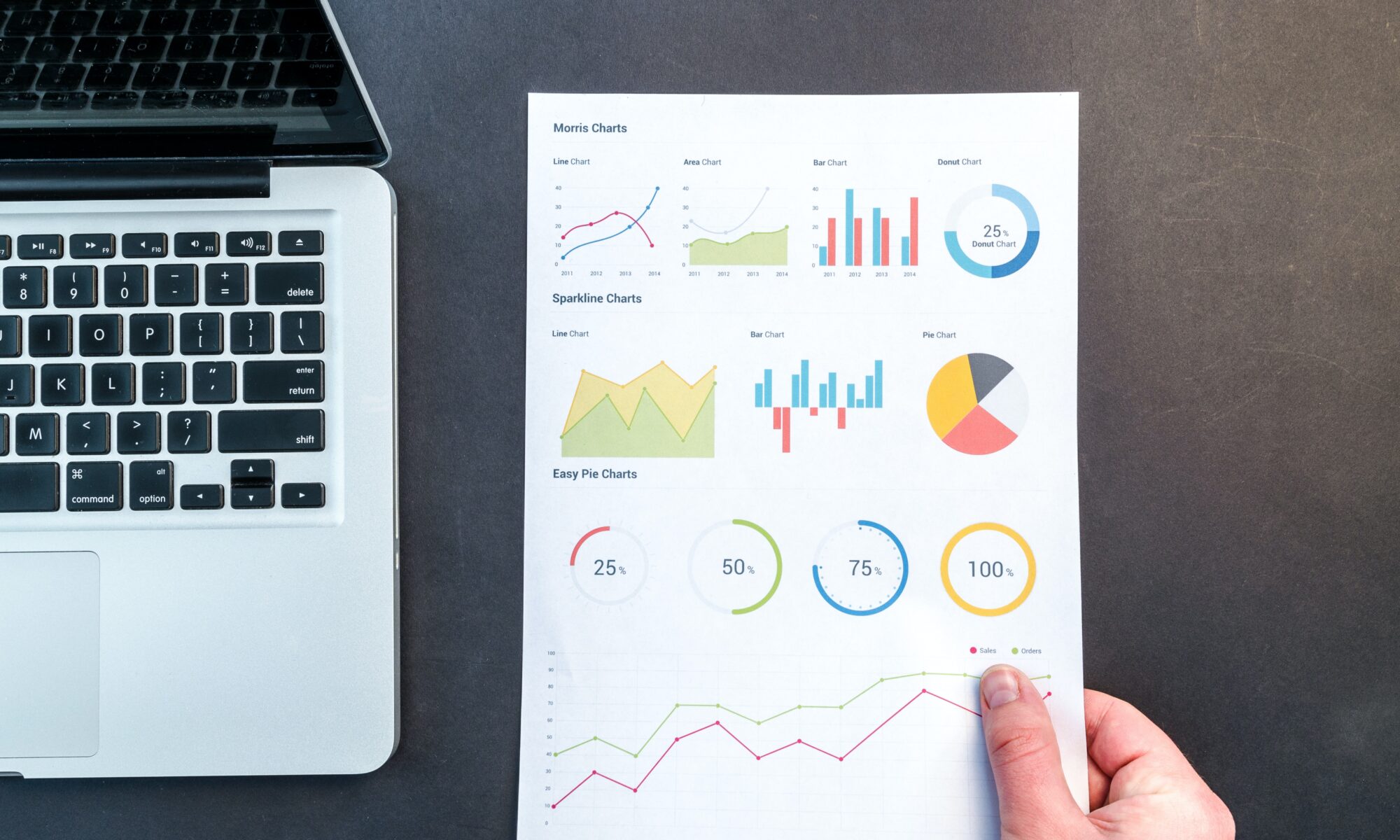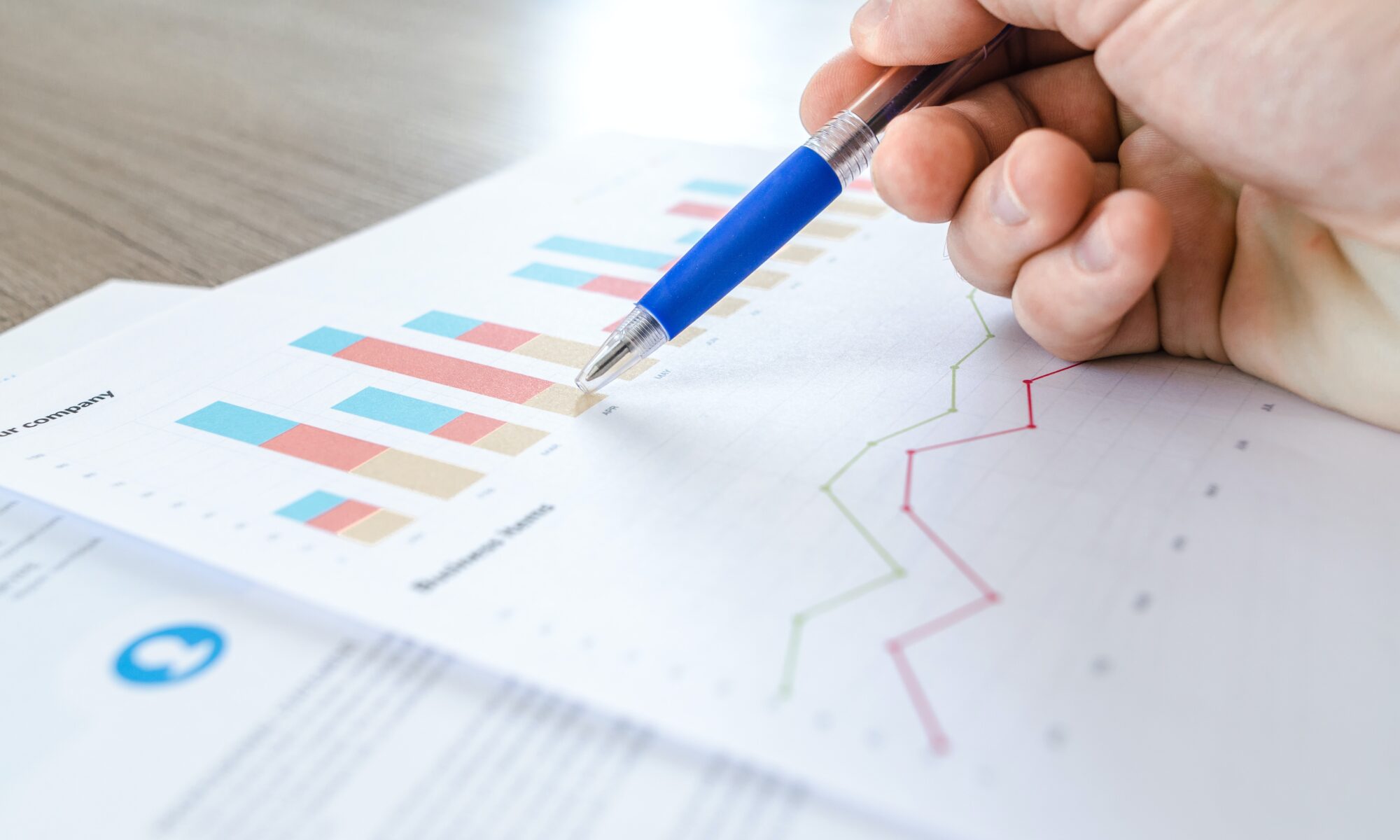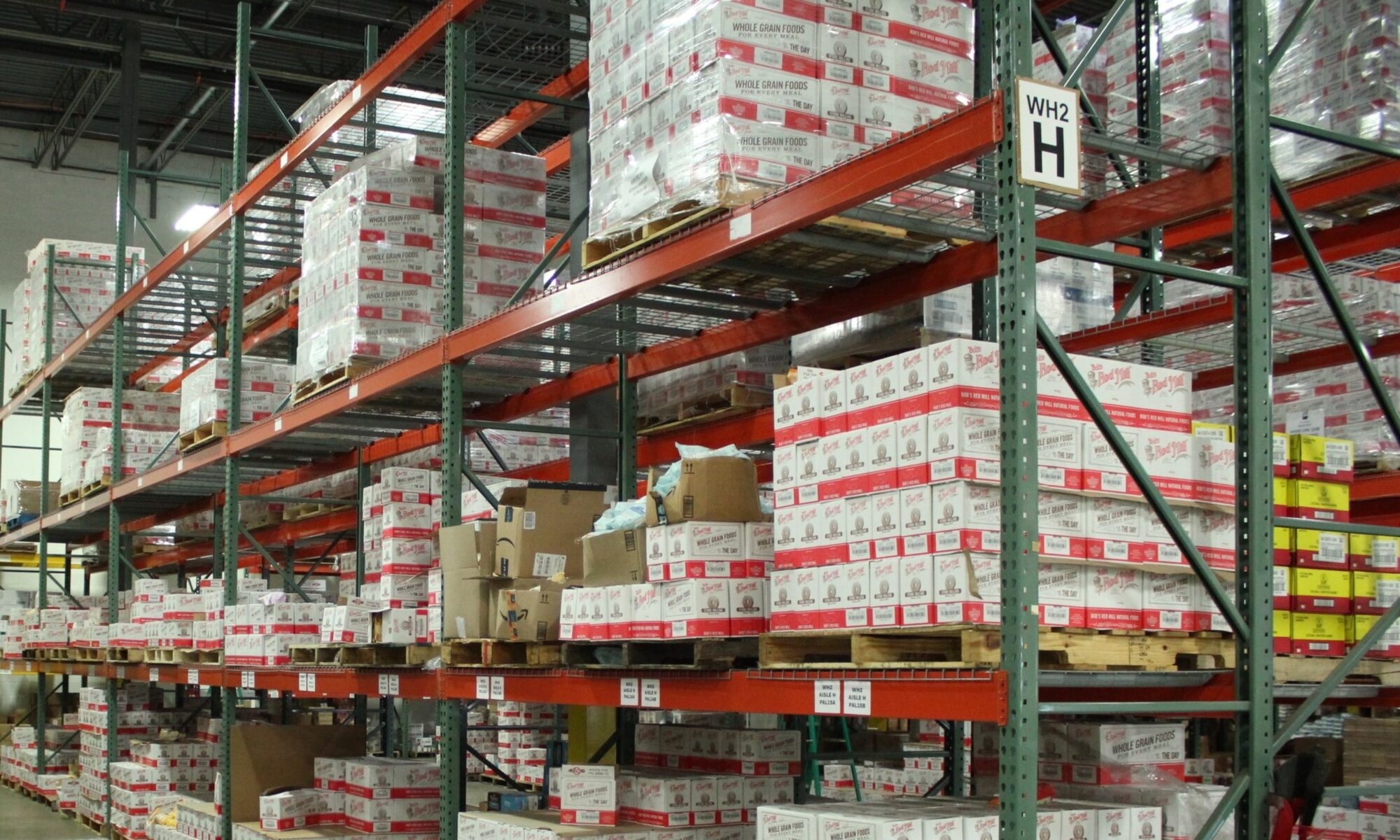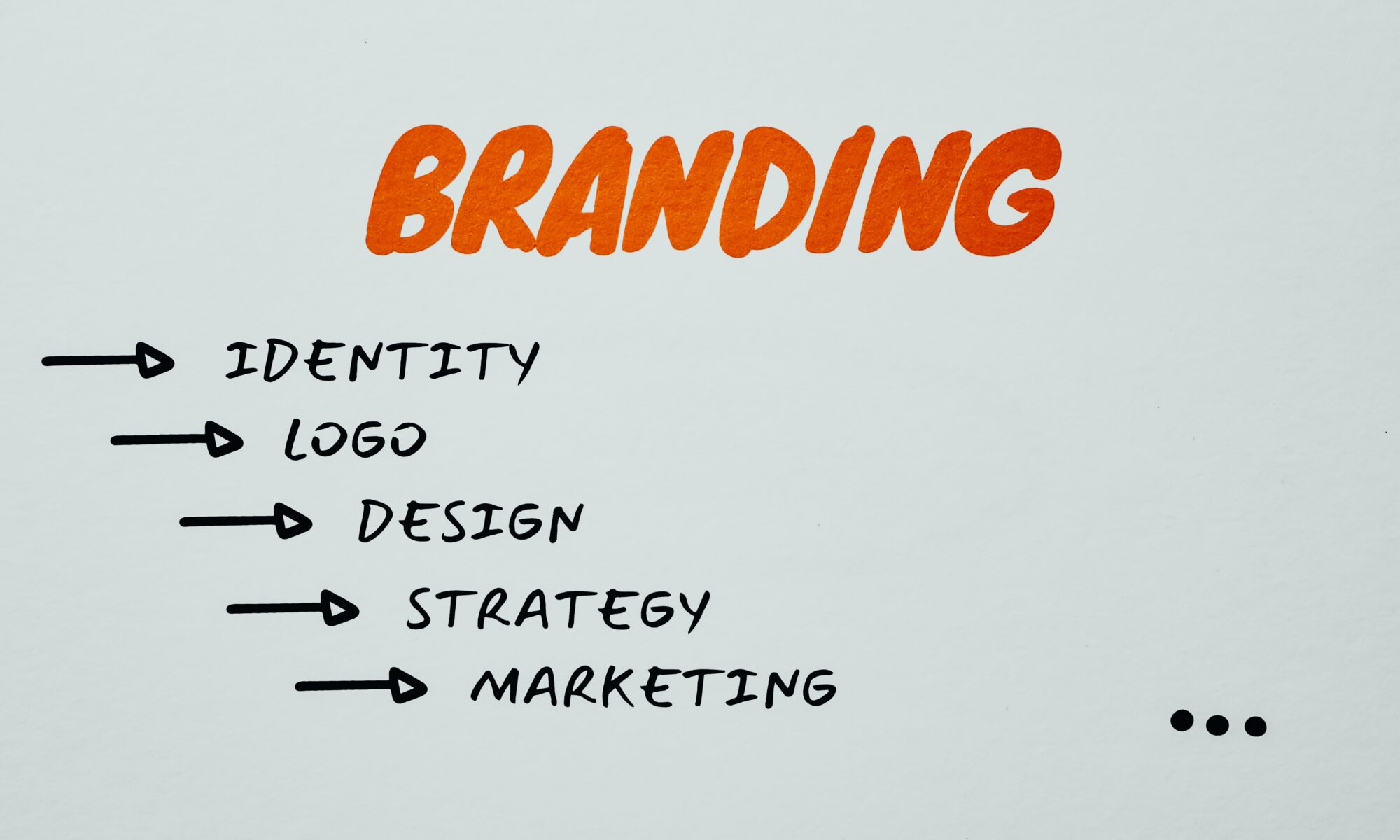Amazon Advertising is a powerful tool that can help increase the visibility of your products and drive sales. However, creating a successful advertising campaign on Amazon requires a well-thought-out strategy and careful planning. In this article, we’ll discuss some tips for creating a successful Amazon advertising campaign.
Define your advertising goals
Before you create an Amazon advertising campaign, it’s important to define your advertising goals. Are you trying to increase sales, generate more leads, or build brand awareness? By defining your goals, you can tailor your advertising campaign to meet those specific objectives.
Conduct keyword research
Keyword research is the foundation of any successful advertising campaign on Amazon. Use Amazon’s keyword research tools to identify the most relevant and high-performing keywords for your products. You should also research the keywords that your competitors are using.
Optimize your product listings
Your product listings should be optimized for the keywords that you’re targeting in your advertising campaign. Make sure that your product titles, descriptions, and images are optimized for the keywords that you’ve identified.
Use sponsored products ads
Sponsored Products ads are a type of pay-per-click (PPC) advertising on Amazon that appear in search results and on product detail pages. These ads can help increase the visibility of your products and drive sales. Make sure that you’re targeting the most relevant keywords for your products in your Sponsored Products ads.
Use sponsored brands ads
Sponsored Brands ads are another type of PPC advertising on Amazon that allow you to promote your brand and multiple products in a single ad. These ads can help build brand awareness and increase sales. Make sure that your Sponsored Brands ad features high-quality images and highlights the unique value proposition of your brand.
Set your budget and bids
When creating an Amazon advertising campaign, you’ll need to set your budget and bids. Your budget is the maximum amount of money that you’re willing to spend on your advertising campaign. Your bid is the maximum amount of money that you’re willing to pay for a click on your ad. Make sure that you’re setting realistic budgets and bids based on your advertising goals and the performance of your ads.
Monitor and optimize your campaigns
Once your Amazon advertising campaigns are live, it’s important to monitor their performance and make adjustments as needed. Monitor your campaigns regularly to identify opportunities for optimization. Adjust your bids, keywords, and targeting to improve the performance of your campaigns.















